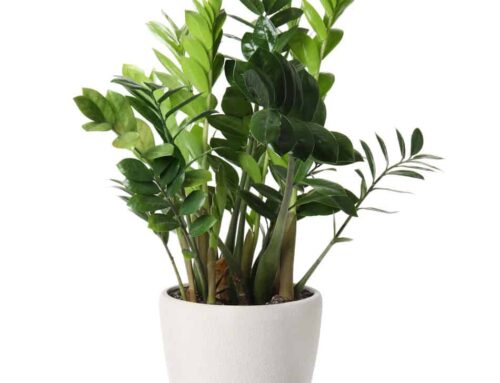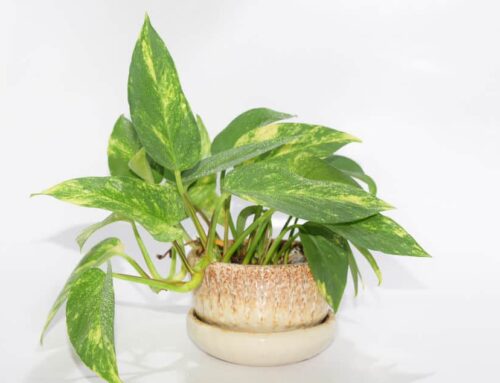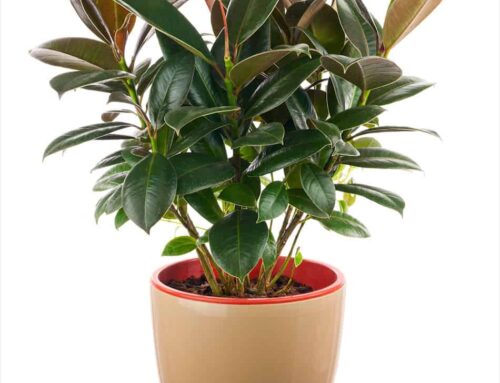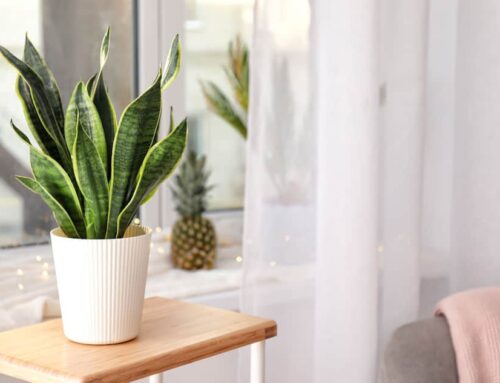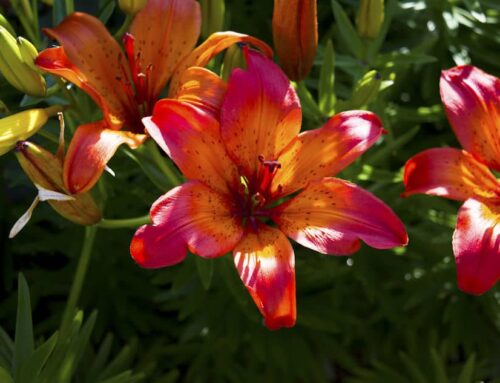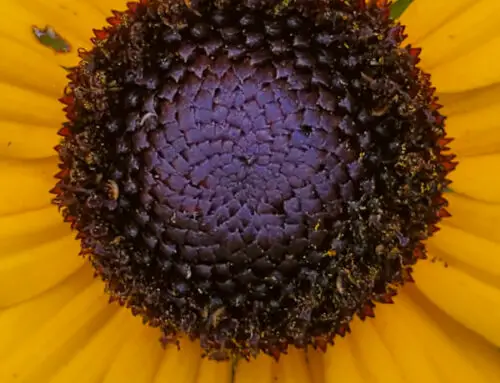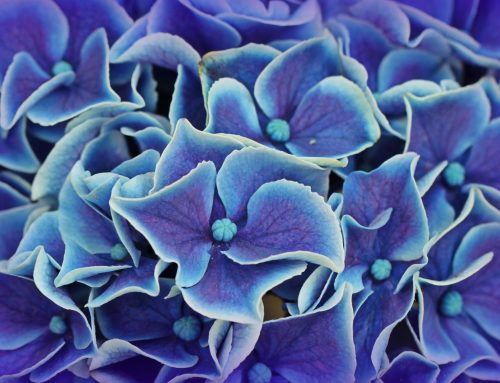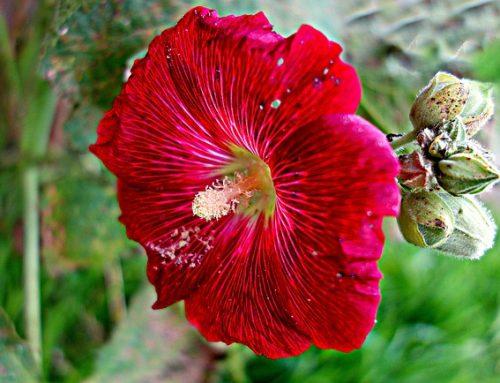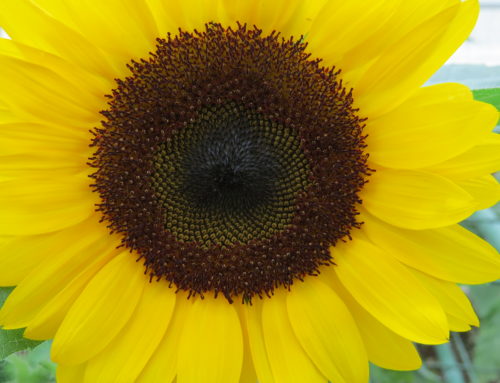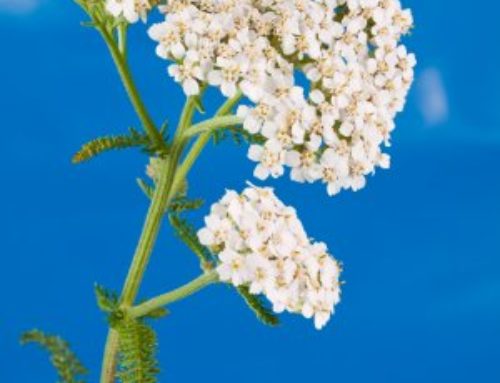Marigolds have been around for centuries, they can be very helpful in gardens at keeping pests away, while also adding a plethora of beautiful colors. With their love of full sun and their ability to help out other plants, planting marigolds is a great and sensible step to take for any garden lover.
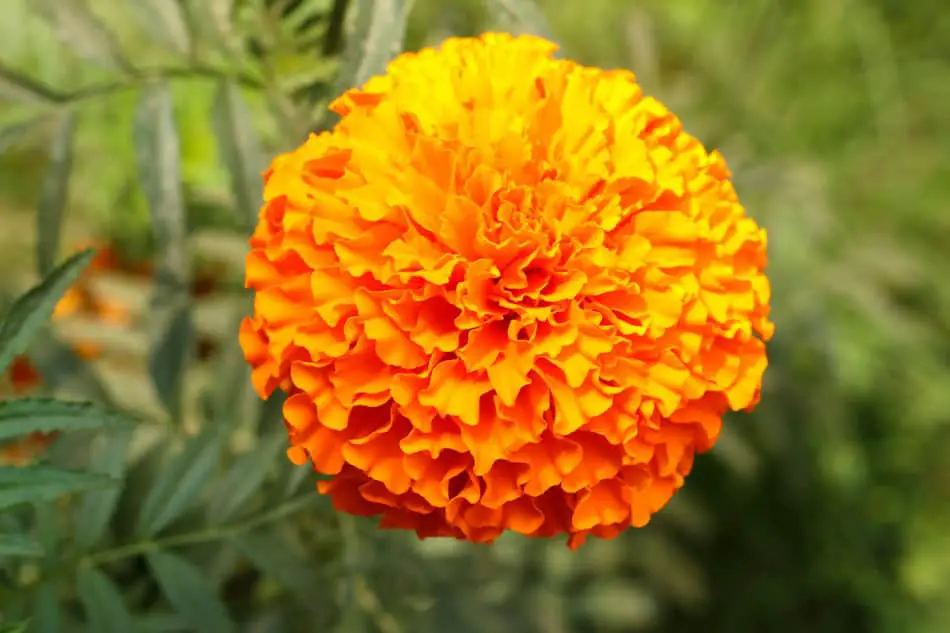
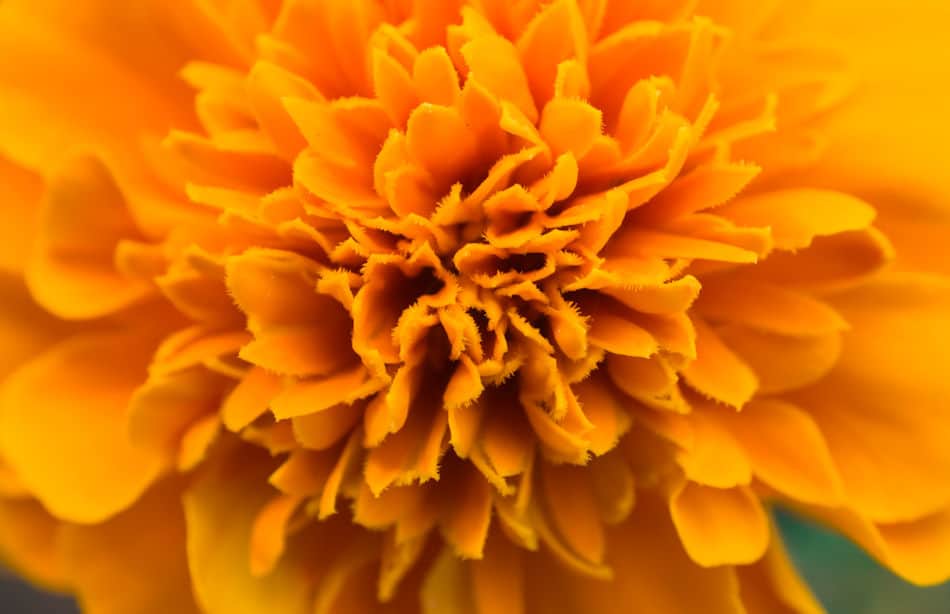
Marigold Flower Information
Types of Marigolds
Marigolds are part of the aster family. Though there are over 50 types of marigolds scattered across the globe, the heart of the marigold region is in south central Mexico, and there are 3 major types of marigolds that are well-known.
French Marigolds (Tagetes Patula)
This is the annual most people think about when picturing a marigold. At 6-12’’ tall with ½ inch flowers that are single, semi-double, or even double, most French marigolds are yellow, orange, red, or a combination of colors. They feature lance-shaped leaves and are very odorous.
African Marigolds (Tagetes Erecta)
These African marigolds or Aztec marigolds are much taller, standing 1-4 feet, and feature flowers that are 2-4 inches in diameter. These flowers are yellow, orange, and white, and are usually double globular. These marigolds are native to Central America and Mexico, and have been cultivated for over 2,000 years.
Signet Marigolds (Tagetes Tenuifolia)
These compact signet marigolds are smaller than other varieties, and colored yellow, golden, orange or bicolored. They are set off with beautiful dark green foliage, and have a softer citrus smell rather than the pungent marigold odor of the other varieties.
Propagation of Marigolds
Growing marigolds isn’t difficult, especially after you’ve done the hard work of planting. Using seeds from last year’s marigolds is a great idea, or purchase them from a reputable garden store.
Seeds can be planted indoors about 6-8 weeks before the growing season starts, or you can just wait and plant them right into your garden. Marigolds will germinate in approximately one week and then will bloom in 45-50 days.
Marigolds like full sun, although they can handle a bit of shade. They are hardy enough to withstand dry or moist soil, but if they are too wet they could develop powdery mildew on their leaves.
Deadheading the plants will keep them healthier, and allow them to continue producing flowers. Pinch the dying blossom just before the next set of leaves to encourage new growth.
Marigolds grow in planting zones 2-11, and gardeners need to make sure that they are planted after the last frost. They will bloom all summer until the first frost of winter.

How Do You Protect Marigolds From Pests
There are several pests that will wreak havoc with your marigolds, and knowing how to deal with them effectively will solve many of your gardening problems. I have an entire page on garden pests if you are looking for more information.
Marigold Pests
- Powdery Mildew
- Spider Mites
- Slugs
- Aphids
Powdery Mildew: A common fungal blight that affects many types of plants, and as the name implies, it looks like a white powdery film is covering your plants. In order to combat this once it has settled on your plants, use a combination of baking soda, water, and a little bit of dish soap on the affected leaves. You can also stop this before it starts by watering the soil around the marigold plants rather than the leaves of the plants themselves.
Spider Mites: I like to avoid chemical deterrents because they can lead to more problems. An aggressive spray of water can dislodge spider mites from the marigold plant, or a horticultural soap is also helpful without harming beneficial plants. Rosemary oil is an all-natural deterrent that will eradicate the spider mites.
Slugs: If planting many plants that slugs are attracted to, you might need the marigolds to be the sacrificial lambs with holey leaves so that the slugs will stay away from other plants. However, you could keep slugs away altogether by reducing the organic material (such as mulch) around the plants, which slugs are attracted to. Salt also kills slugs, but be careful to not use too much.
Aphids: They are controlled in the same way as spider mites, by spraying a strong blast of water so they are sprayed off the plants. A mixture of a few teaspoons of dish soap and a quart of water can also be sprayed on the leaves to keep aphids away.

What do Marigolds Keep Away
Marigolds have a toxic substance in their roots that works in tandem with the flower’s very odorous smell to keep away garden pests. Nematodes and several types of beetles are repelled by the smell of marigolds, which is why many gardeners choose to plant them around vegetable gardens.
Marigolds also keep deer from eating every single plant in a garden. In addition to planting marigolds near vegetables, marigolds can be crushed and mixed with water and sprayed on vegetable and flower plants to keep pests away.
Are Marigolds Perennials
Most marigolds are annuals, which means they germinate, bloom, and die all in one season. There are a few exceptions to that. If you live in plant hardiness zone 9, check out Tagetes Lemmonii (Lemmon’s Marigold), Tagetes Palmeri (Mountain Marigold), or Tagetes Lucida (Mexican Tarragon) for perennials which will come up again next year.
Do Marigolds Come Back Every Year
Marigolds are annuals, and as such, they do not come back each year. Plant marigold seeds in the spring or early summer, and they will germinate in about one week. It will take between 45-50 days for them to bloom, and the flowers will bloom until the first frost, especially if you continue deadheading maintenance to keep them healthy.
Though most marigolds are annuals and do not come back every year, their beauty and resourcefulness with pests is a selling point for your spring planting.
What is Wrong With My Marigolds
Most likely the marigolds are experiencing one of the many rots that can affect marigolds, such as collar rot, stem rot, damping off, or flower bud rot. These fungal problems are a byproduct of too much water and warmth, which gives the mold spores a chance to spread.
Powdery mildew is another fungal problem that causes a white film. Both situations can be rectified by watering the ground and not the leaves of the plants, and not over-watering. Powdery mildew can also be helped with a baking soda solution of baking soda, water, and a bit of dish soap sprayed directly on the leaves.
What Should Marigolds Be Planted Near
Marigolds are a colorful helpful flower, especially as they keep nematodes and beetles away from other flowers and vegetables. There are certain plants they work well with, as they enhance their growth. Squash, asparagus, melons, cucumbers, basil, sweet corn, potatoes and tomatoes will all benefit from the bug-repelling properties of marigolds.
On the other hand, cabbage and beans are negatively affected by marigolds. An interesting conundrum is that although marigolds hurt the cabbage plant, they inexplicably keep cabbage moths away, so planting marigolds near cabbage but not within the root system is a good idea.
Finally, marigolds can lure bugs away from more important plants in your garden. Slugs and spider mites are attracted to marigolds, and if the bugs are on marigolds, other nearby plants will be spared.
What Type of Marigolds Keep Bugs Away
All marigolds have properties to keep insects away. French marigolds repel nematodes, which are tiny worms that puncture plant roots. Luckily, if marigolds are around, the nematodes will be rendered powerless.
The toxic chemical emitted from marigold roots inhibits the growth of nematode eggs and solves the problems for the plants nearby. Mexican marigolds keep a plethora of bugs away.
Where is the Best Place to Plant Marigolds
Marigolds love full sun and are great as a border flower, even around vegetable gardens. Plant them carefully in rows and in a mixture of vibrant colors that will not only be striking, but also deter certain pests from the other plants in your garden.
Another option is to take a more naturalistic approach. Choose one color of marigold seeds and throw them by handfuls more haphazardly through the garden. Although the flowers will grow more randomly, the one color used will unify the garden.
Why Do They Use Marigolds for Day of the Dead
Marigolds are extremely popular in Mexico for the Day of the Dead, November 1. They are laid on the graves of ancestors and put on special celebratory tables and are thought to summon the spirits of the dead, bringing the spirits closer to the living.
With a long Aztec history of use in ceremonies, these colorful and pungent flowers are said to lure the dead spirits. Whether made from paper cutouts or real flowers strewn on the table, they are very important for Day of the Dead, which some people call All Saints Day.

